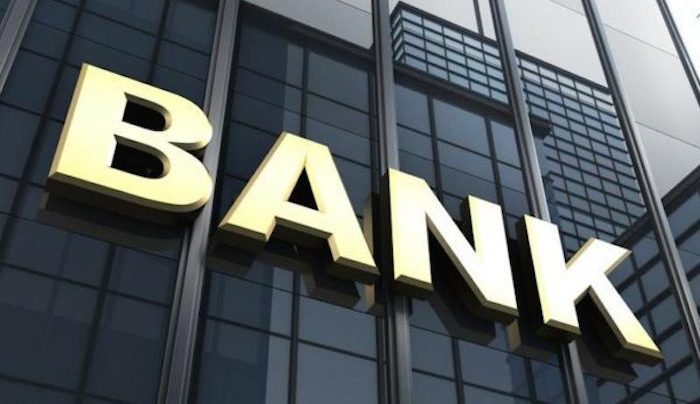

The non-performing loan ratios for Nigerian banks worsened in 2020, blowing past the regulatory limits of 5% to close at 6% at the end of December 2020.
This is according to the information contained in the central bank’s monetary policy communique read out by the CBN Governor, Godwin Emefiele.
Non-Performing Ratios refer to the percentage of bank loans that are bad as against the total loans banks in Nigeria have issued represented in their balance sheet.
The CBN explained that bank NPLs rose to 6.01% at the end of the year 20% higher than the regulatory allowed 5% allowed by the apex bank.
“The Monetary Policy Committee (MPC), however, noted the marginal increase in the Non-Performing Loans (NPLs) ratio which rose to 6.01% at end-December 2020 from 5.88%at end-November 2020 and above the prudential maximum threshold of 5.0%. While noting that this development is not unexpected under the prevailing circumstances, it urged the Bank to strengthen its macroprudential framework to bring NPLs below the prescribed benchmark,” CBN MPC
As of the third quarter of 2020, the non-performing loans in Nigeria was about N1.1 trillion with oil and gas loans representing N238 billion or 11.3% of the total.
The rise in banks’ non-performing loan ratios is mostly due to the weakening economy in 2020 triggered by the economic lockdown introduced to curb the spread of Covid-19.
- With the economy shut down for the most part of the year, businesses in the country recorded little to zero sales affecting their ability to service their loans as and when due.
- The CBN’s policy of persuading banks to lend more may have also increased the NPL ratio, as increased lending to the private sector in a year where the economy was battered also led to higher non-performing loans.
- Banking sector credits rose by as much as 19% in 2020 according to data from the National Bureau of Statistics as banks aggressively lent more in line with the CBN’s loan to deposit ration policy.
- The CBN also recognizes the inertia caused by its policy when it stated that “Aggregate domestic credit, also moved further up by 13.40% in December 2020, compared with 9.48% in the previous month. This was largely attributed to the Bank’s policy on Loan-to-Deposit Ratio (LDR), complemented by its interventions in various sectors of the economy.”
Nigeria’s NPL ratio of 6% could have been worse than it currently is where it not for the regulatory forbearance granted by the central bank due to the Covid-19 pandemic.
- Banks were allowed to restructure most of their loans deferring principal repayments for borrowers who faced cash flow challenges due to covid-19.
- Without the forbearance, the non-performance ratios of the banks could have been worse than the 6%.
The Regulatory forbearance given to the banks by the CBN will likely boost bank profits when they release their 2020 results in the coming weeks.
- A recent EFG Hermes report alludes to this when it maintained that their positive outlook for Nigerian banks was also “largely attributable to the lenient forbearance policy adopted by the CBN, which has allowed banks to restructure a significant proportion of their loan books (43% as of Sept) and not make any significant provisions on the same.”
- EFG also believes the bank NPL ratio will reduce in 2021 as they expect the impact of Covid-19 to dissipate during the year.
- “In our optimistic scenario (20% probability), we think NPL formation could remain relatively muted due to a benign second wave of COVID-19 and continued strong performance of restructured loans. Thus under this scenario, we assume the average NPL ratio will decline from an estimated 6.2% in FY20e to 5.3% in FY21e and 4.5% from FY25e onwards. Similarly, we assume that the cost of risk will decline from 1.4% in FY20e to 1.1% in FY21e and 1.0% from FY25e onwards. Under this scenario, we estimate the average rate of new NPL formation will drop to 0.5% in FY21e from an estimated 1.7% in FY20e.”




